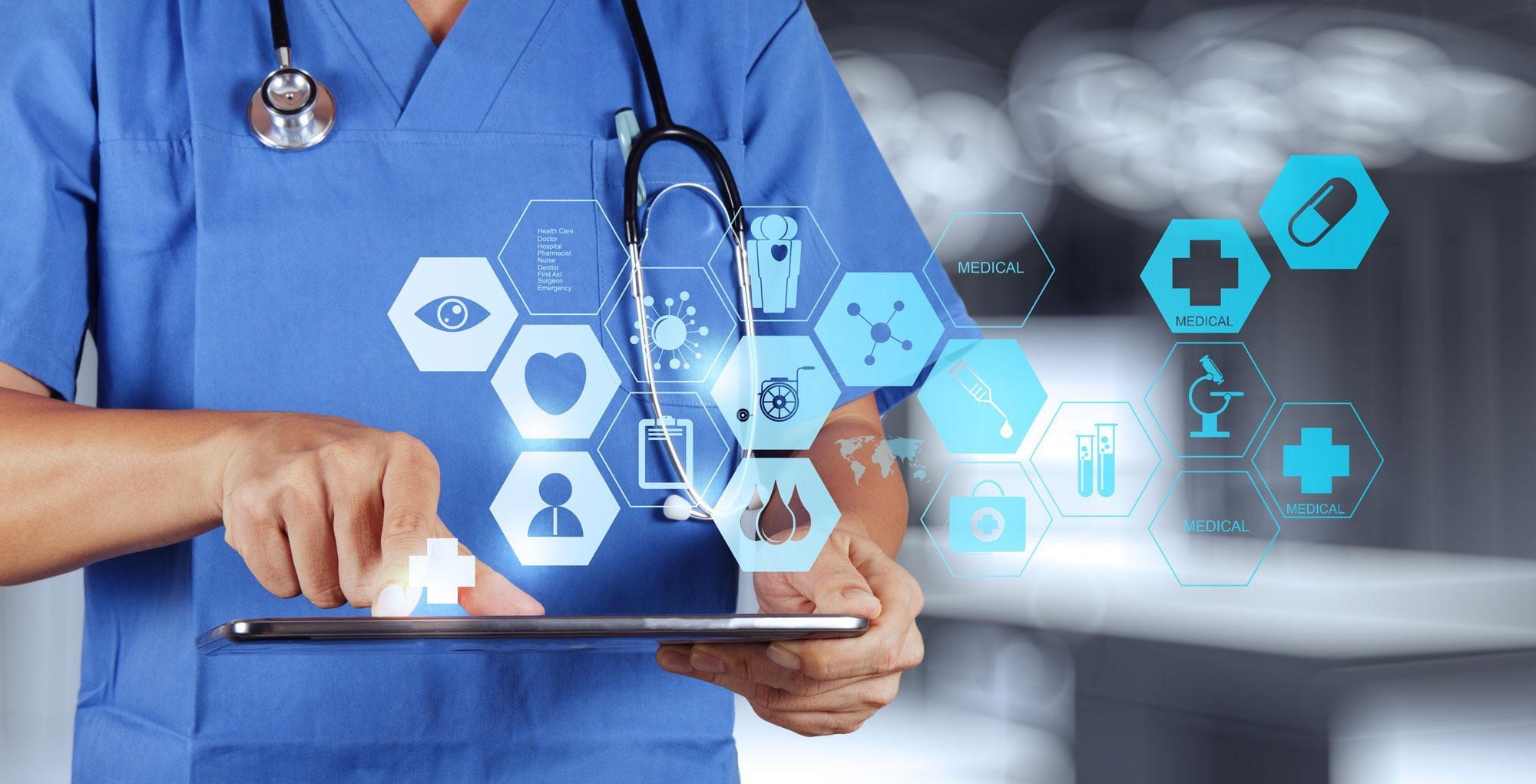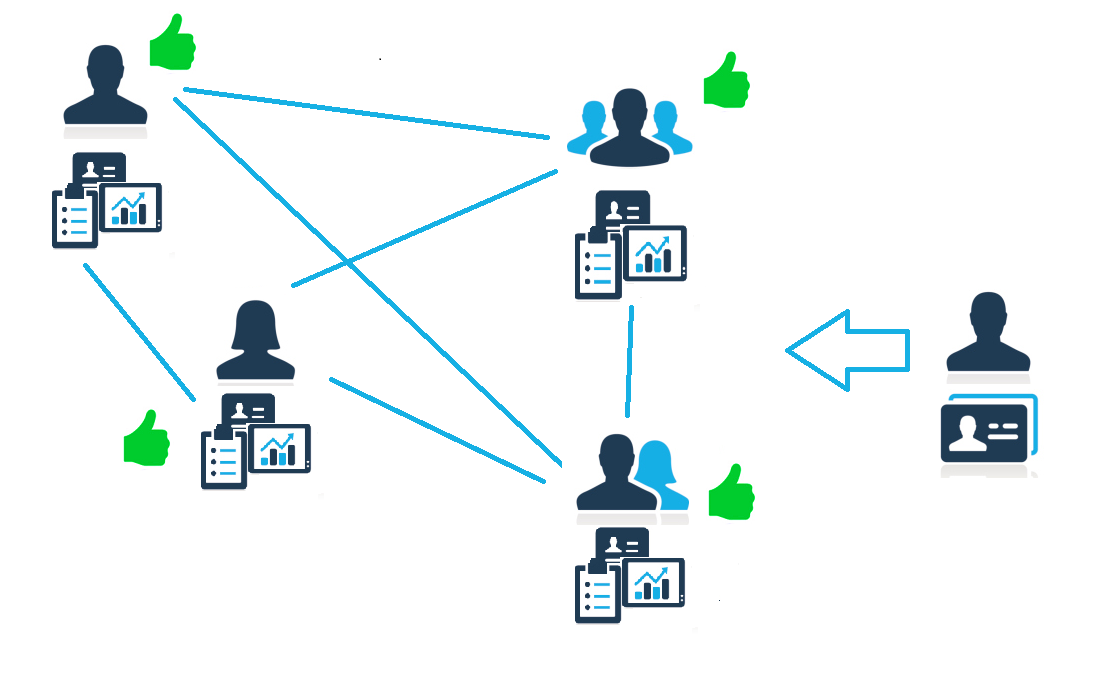
Top 4 Ways in which Technology will Decentralise Healthcare
We are looking to discuss various topics on here. This will be about tele-medicine and health care. For a long while, the approach to health care has been ‘why fix it, if it’s not broke?’ We will analyze this further in this health care article.
This take on health care is somewhat flawed, to start with. With increasing health care costs, people are realizing that it doesn’t work towards ensuring good health, rather interjects when diseases begin to affect us. In a way, this infringes on our right to health – a human right protected by Article 25 of the Universal Declaration of Human Rights.
The fact is, most of us want very good health care. Most of us rather get the highest attainable standard of physical and mental health care available. How can we do this for all? Since this would translate to equal access to hospitals, clinics, medicines and doctors’ services by all – whenever we may need health care services.
However, in real life, healthcare is being subsidized and there is not an infinite amount of money governments can pay for health care. Basically, the reason for unequal health services is the cost – how much it can cost. That is not the only reason though. Lack of information closely follows it. For both these roadblocks in the equitable distribution of health- online digital technology acts as a disrupting force
TELE-MEDICINE DISCUSSION, TELE-DENTISTRY ONLINE BLOG
A classic example of this is how telemedicine has helped bridge the gap between ‘healthcare haves’ and ‘healthcare have-nots’. Likewise, many online platforms have sprung up and brought transparency and quality healthcare to the patient at the flick of a finger.
Here are some other ways on how technology will change the face of healthcare in the years to come:
- Easy access to quality information: the pros and cons
With the explosion of online information, if you are like most patients, you are going search the Internet when you feel unwell. However, this should be taken with a pinch of salt, because sometimes the result could be a sheer disaster. How?
Let’s explain.
You are trapped in your information bubble and are labelled in a particular manner. The current incarnation of this targeting mechanism includes what are called suggestions that purportedly save your keystrokes. If you type in a couple of letters, the search engine attempts to complete your search string from its massive database of possible requests. These suggestions are based on somebody else’s software and what you’ve Googled in the past.
So, the results that are thrown up when you type letters are an outcome of your search profile and are unbeknownst to you. For instance, if you type the word egg, you might see recipes whereas your colleague might see warnings.
A simple headache might be labelled as a rare brain tumor!
So, whenever possible, consult a doctor. And, if you can’t visit one, technology can bring one to your home. 24/7 – there are now tele-medicine platforms available to help people now. (note this article was edited by DentalChat as well)
- Blockchain can transform Electronic Health Records management
Currently healthcare stakeholders such as hospitals, insurance companies, labs and pharmacies are managing data at their own end. So for one patient there may be four sets of data using a different workflow. Reconciling the data is a big question, because it is not always clear who recorded what and when.
Enter blockchain. With its entry the situation will be something like this:
Every stakeholder in your healthcare management will send their information (medications, health concerns, allergy lists) to an open source community-wide trusted ledger so that additions and subtractions to the medical record become understandable. How easy it would be to reconcile all this information for anyone and from anywhere!

- Hand-holding a patient to choose the right hospital
References have been the norm in the healthcare delivery. And this has led to an unholy nexus between the super-specialty hospitals and their feeders (tertiary-care hospitals in the far-flung areas). The whole business thrives on the expense of the patient who is headed to the big city hospital by the local setup.
The technology effectively interjects in this unhealthy practice because it brings in transparency. Since information is available for all at the flick of a finger, the patient can compare the cost of a surgery at different hospitals and evaluate the expertise of the surgeon who will be performing it through an unbiased rating mechanism.
All this information allows the patient to make the right decision.
- Connecting far flung areas with telemedicine and teledentistry
TeleDentistry Blog, TeleDentist Blogging Online, TeleDentistry Chatting and Online Tele Dentistry Discussion with us.
Telemedicine aims to deliver health care to patients in rural areas by linking them with super-specialists via remote patient monitoring systems. With DentalChat – there is now TeleDentistry available.
Author: Dr. Aditi Gupta Jha
This article has been edited by DentalChat
